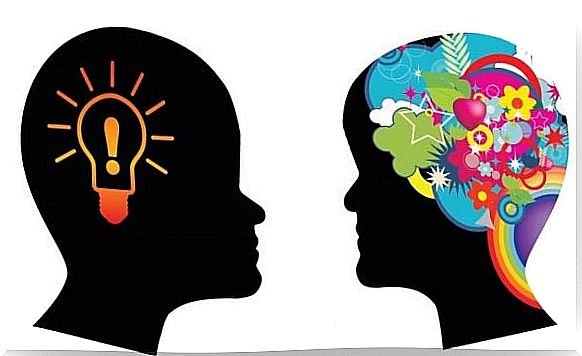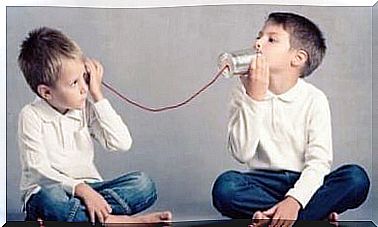How Do We Relate To Cultures That Are Different From Ours?

There is very little talk about cultural intelligence and a lot about emotional intelligence. The latter is considered to be the ability to perceive, assimilate, understand and regulate one’s own and others’ emotions, which promotes emotional and intellectual growth. With this information, we interpret the world around us, which determines our way of thinking and behaving.
Great importance is generally given to relationships between people, but when these are established between people from different cultures, we must have another type of intelligence in mind: cultural intelligence.
But what is cultural intelligence? It is nothing more than the ability to adapt when interacting with people from other cultures. For example, when we travel to countries that speak other languages, we want them to adapt their language so that we understand them. Do you do the same thing?

Cultural intelligence consists of four parts: a motivational part, a cognitive part, a metacognitive part and finally a behavioral part.
- The motivational part emphasizes the inner interest in experiencing other cultures and interacting with other people. That desire to know and understand different things.
- When it comes to the cognitive component , it includes the knowledge of norms in other cultures. Do you know the economic and legal systems of other cultures? Do you know how to behave with people from other cultures according to their social norms?
- The metacognitive component is the one that refers to intercultural awareness – to understand cultural aspects when people make judgments about their own and others’ thoughts. In short, to understand other people’s ideas from their cultural point of view.
- Finally , the behavioral component refers to the ability to speak and gesture correctly, in accordance with the norms of other cultures. It is necessary for us to ask ourselves how much we know about other cultures. Do you know another language? Do you know the rituals of other religious practices? What gestures do they use to say “ok”? Are we, on the other hand, capable of adapting our language when speaking to someone from other cultures? Do we respect their actions? Can we find similarities between our cultures?

In this era of globalization, perhaps in addition to insisting on the development of our emotional intelligence, we should also focus on learning cultural intelligence. In this way we can better understand each other’s cultures and, at the end of the day, get to know ourselves better, because knowing someone else is nothing more than getting to know ourselves.
What would you think if someone knocked on the door of your home? This would be an annoying behavior, but perhaps not as much as it would be for residents of Afghanistan, who see this gesture as more than an insult.
One situation that highlighted the cultural differences and led the army to start thinking about cultural intelligence was the war in Afghanistan.
A constant gesture from the soldiers that was very poorly received by the inhabitants of Afghanistan was that they let dogs into the houses. In the United States, this may not be a major problem (although it differs from person to person), but if you sent a pig into the house instead of a dog, this would definitely cause more concern.
The American soldiers were initially unaware that dogs were looked down upon and not seen as pets, which led them to let them into people’s houses.
These are examples of how the same behavior is perceived in different ways by people from two different cultures. Fortunately, David Petraeus, the commander of the troops, realized the mistakes made by his soldiers in connection with cultural intelligence, and was able to compensate for them.









